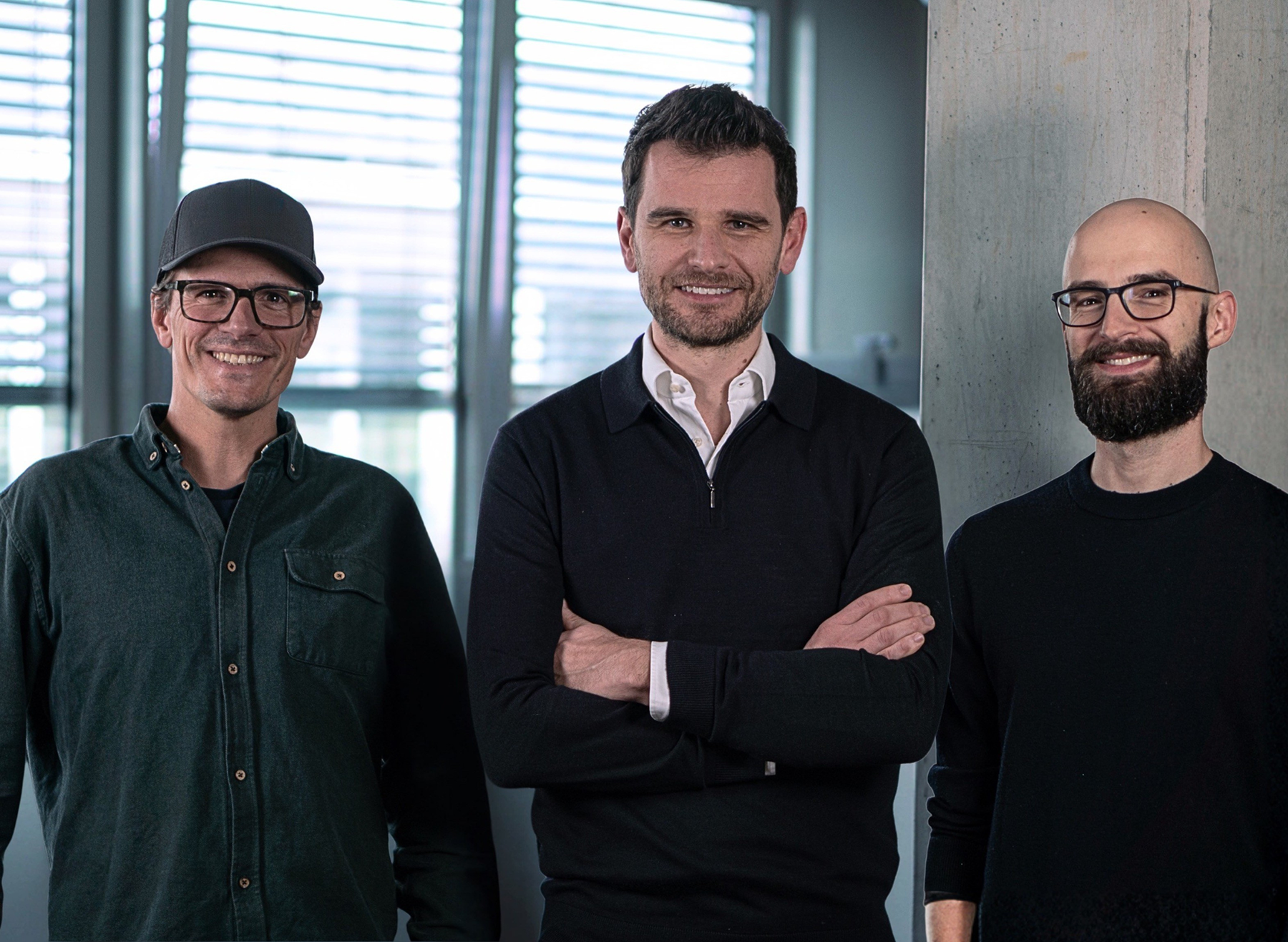
NEX Aero has obtained an approval to operate in the specific category from LBA, the Federal Aviation Authority. This allows us to flight-test our half-scale prototype at six different locations in Brandenburg and Saxony-Anhalt.
At NEX Aero, we are obliged and committed to follow all regulations set out by the governing bodies as we develop our eVTOL cargo drone and bring new technologies to the market. We are continually innovating and for air mobility to truly thrive, legal frameworks also require innovation. The latest approval is based on the so called EASA SORA (Specific Operation Risk Assessment) process. This approval examines the potential risks that may arise and mitigate them as required to ensure the safety of air traffic as well as of those on the ground.
With new technologies, there is always some level of uncertainty involved. We are persistently working towards minimizing all relevant risks to uphold maximum safety standards.
A legislation pathway to an innovative future: what’s currently underway
Defining VTOLS
VTOLs, aircraft capable of Vertical Take-Off and Landing, are continually evolving and their designs are in constant flux, necessitating flexible and adaptive regulations. First, a new definition is needed to distinguish VTOLs from traditional categories of aircraft, such as airplanes and rotorcraft. According to European regulators, a VTOL’s key element is the generation of vertical lift and control by more than two propulsion units. Therefore, VTOLs include multi-rotors, vectored-thrust aircraft and vehicles of lift- and cruise configuration, like NEX’s products.
License for a new aircraft
Right now, there are few pilots who can fly VTOLs. To fast-track the process, the Flight Crew Licensing (FCL) Regulation was adjusted so that some pilots were able to build on their existing piloting license. They can complete additional training to receive the VTOL license, all while maintaining the safety standards and regulations in place.
As this sector advances, a licensing process will be needed for those who do not have any prior licensing.
Not enough diversion locations in urban areas?
Aircraft in flight need alternative landing areas in case of diversion and this requirement also applies to VTOLs. Diversion occurs when the pilot must land in a different location than was originally planned due to unforeseen circumstances such as medical reasons or adverse weather.
Drones require enough diversion areas, meaning suitable landing alternatives along the way to ensure a safe journey. This is especially important in places that do not offer much open spaces, like cities. As a result, EASA is looking towards a solution to the problem, one of which could be to establish dedicated diversion locations. To accelerate that, they have recently proposed a simplified process for their certification.



.jpg)